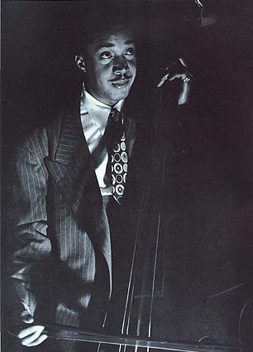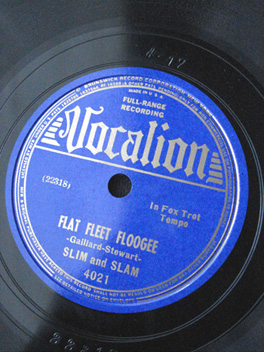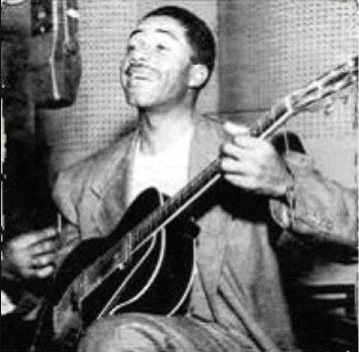
STYLES & ANALYSIS WORKSHOP
Mi 13:30 - 15:00, Graben, Zi 25
Next class Wednesday December 8@ 13:30, GR 25 -
New Section - Music from the 1960s - Focus on Anthony Braxton

Composition 105B mp3 score analysis by Braxton
Composition 116 mp3
Composition 23 C mp3 Treble Clef Bass Clef (both concert)
Composition 40J mp3 concert score
Composition 118 (solo saxophone) Sound structure pdf
related links
1. Braxton's online Discography (outstanding - with full graphic titles too - it all works!!)
2. Braxton play's "Impressions" from Woodstock jazz festival (complete clip - You Tube)
3. Excellent 1995 Braxton Interview with Volkan Terzioglu and Sabri Erdem in Istanbul
4. Braxton Recordings Henry Kuntz writing on early leader recordings on Metropolis Blog
5. Anthony Braxton Text & Quotes - Triaxium writings & much more now available online
6. Podcast from DRS 2 on Anthony Braxton - highly recommended - thanks Dan for this link !!!
an example of some of his titles:
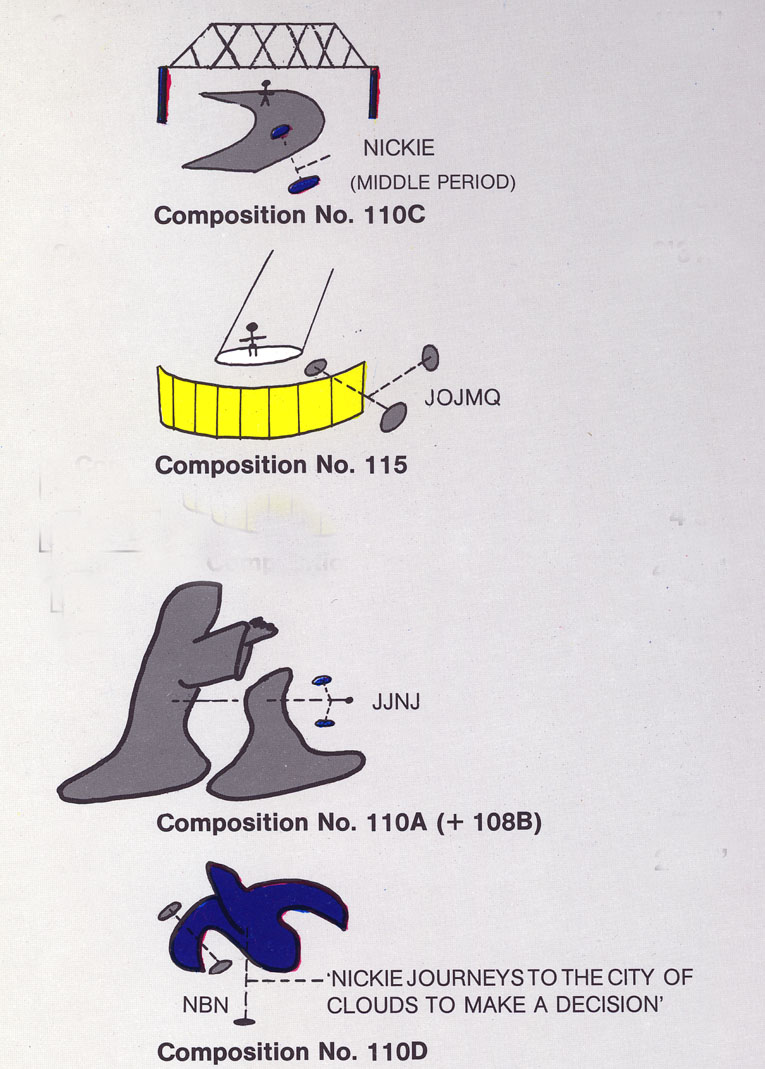
Lester Young
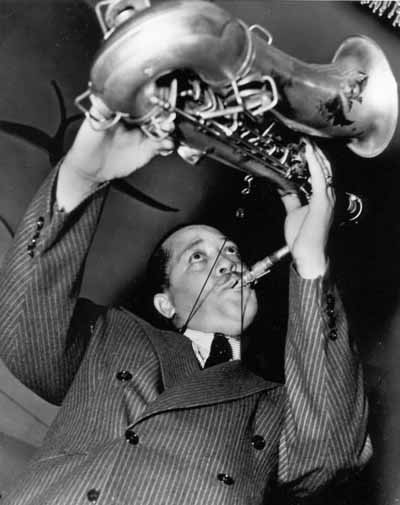
Lester Leaps In w/Nat King Cole and Buddy Rich
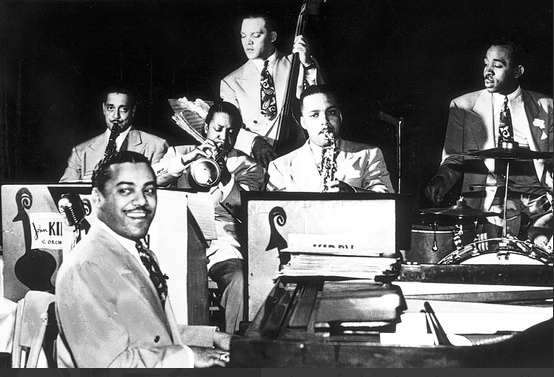
John Kirby Sextet
Sweet Georgia Brown (2nd take - released version)
Sweet Georgia Brown (!st take - slightly wilder, looser)
The John Kirby Sextet, which reached its peak in the immediate prewar era, was widely denounced at the time and since by humorless critics as playing "unswinging music for squares." The jazz police have, in fact, essentially accused the bassist and bandleader of nothing less than cultural treason for daring to create jazz inspired by European classical sources.
Yet heard today, free of ideological baggage, the JK6 resounds as one of the most remarkable bands of a remarkable era, a combo that combined intensely staccato arrangements with outstanding soloists, delivered with extreme high energy that foreshadowed the coming of bebop. Bassist Wayne Roberts, who has kept Kirby's music alive for over a dozen years (leading a band that includes trumpeter Alex Norris, pianist Spike Wilner, and the Anderson twins on reeds), shows precisely why intricate, swinging miniatures (like "Undecided" and "Beethoven Riffs On") are a unique part of jazz history.
It's a latter day assumption that during the Swing era, big bands were forced by necessity to play some kind of pre-written arrangement, whereas small bands were strictly jam sessions. Actually, a lot of the best small-band music of the swing era—from Benny Goodman to Count Basie to Duke Ellington—was partially worked out, at least in some form of head arrangement.
The John Kirby Sextet was a major vehicle for small-group writing—of the kind more often done in the modern era (by Jimmy Heath, Benny Golson, Gerry Mulligan, etc.)—and as such reflected the ambitions of its two captains, Kirby himself (1908-1952), the bassist who fronted it, and trumpeter Charlie Shavers (1917-1971), who provided most of the group's arrangements and original compositions.
Working steadily at the Onyx Club on the fabled Swing Street (better known as 52nd Street) in 1937, a group largely comprising Fletcher Henderson veterans (including Kirby and both of his reed men, Buster Bailey and Russell Procope), evolved into the Kirby Sextet. Shavers, the youngest member, would go onto a stellar career as one of the great unsung heroes of jazz, a prodigiously gifted brassman and composer-arranger who never quite became a star or leader on his own—though he could handily outplay and out-write nearly all the competition. (To me, Wynton Marsalis sounds more like Shavers than any other trumpeter.)
Shavers was responsible for most of the Sextet's signature charts, but it was Kirby, along with his wife, singer Maxine Sullivan, who helped launch the vogue for swinging treatments of traditional songs and classical themes. The group's first session included three exceptional originals by Shavers, the relentlessly fast "Rehearsin' For a Nervous Breakdown," the comparatively mellow 12-bar "Pastel Blue," and the group's jumpy, catchy 'Undecided" (later a vocal favorite for Ella Fitzgerald and others).
Within a short time, the Kirbyites were swinging Chopin ("The Minute Waltz"), Grieg ("Anitra's Dance"), Dvorak ("Humoresque"), Tchaikovsky ("Bounce of the Sugar Plum Fairy," the first of many jazz nutcrackers), and even the immortal Ludwig van ("Beethoven Riffs On").
The JK6 was a unique Swing Street attraction; it didn't play for dancers, and avoided pop songs in general. This was surely one of the first chamber jazz groups—the only thing you could do was listen, generally in small clubs. By rights, the leader should have been playing in concert halls, but, Kirby, who suffered from alcoholism and died at 43, was never able to make that transition—unlike the Modern Jazz Quartet a generation later.
Roots of Swing Style:
Sidney Bechet
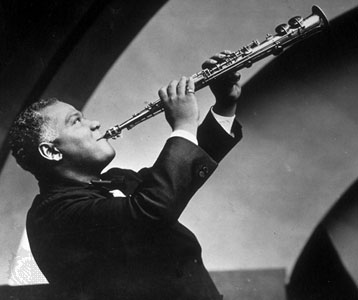
Sidney Bechet in Cannes 1958 "Sweet Georgia Brown"
Sweet Georgia Brown - from "The Fabulous Sidney Bechet" (1953)
I Want to be Happy Stan Getz w/ Oscar Peterson Trio (Ray Brown+ Barney Kessel)
I Want to be Happy Lester Young with Nat King Cole
DANCE STEPS FROM SWING ERA
the "Shim Sham"
Lindy Hop (Whitey's Lindy Hoppers)
Nicholas Brothers + Cab Calloway - "Jumpin Jive" from Stormy Weather
The Clark Brothers - From the Apollo
about Chick Webb....
Chick Webb & "Shorty" George Snowden
Zutty Singleton - Shim-Me-Sha-Wabble - good example of New Orleans Style Ensemble drumming
Gene Krupa w/Milt Hinton "Big Noise from Winnetka"
Don Byas/Slam Stewart "I Got Rhythm" Duet.................................................................................. Don Byas "Perdido" In Cannes 1958 (w/some riffing)
Link to Vouti dictionary of Slim Galliard (click here)
Flat Foot Floogie Slim & Slam
